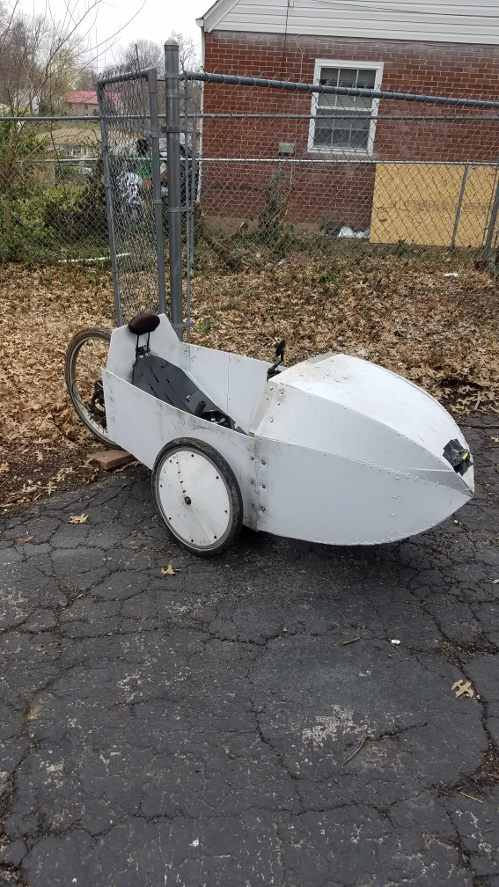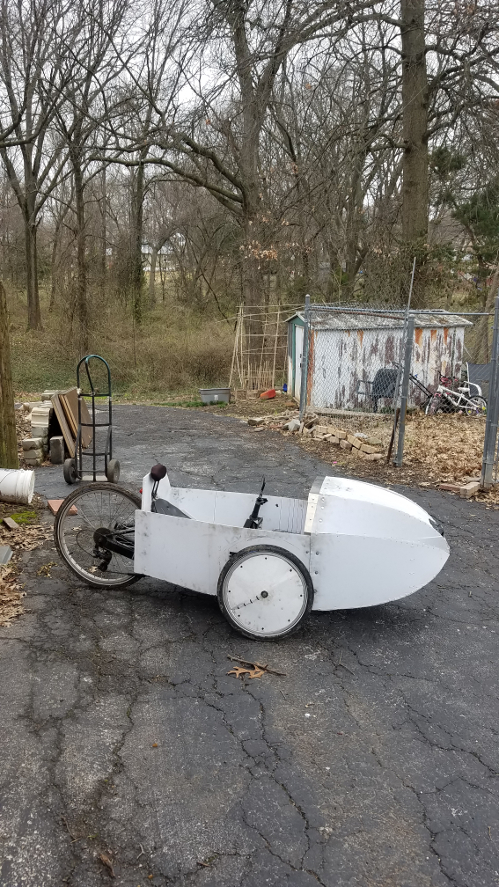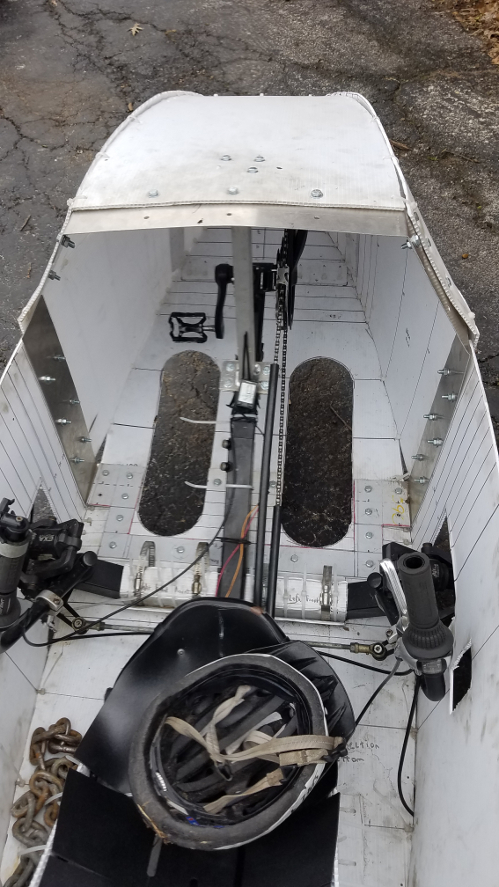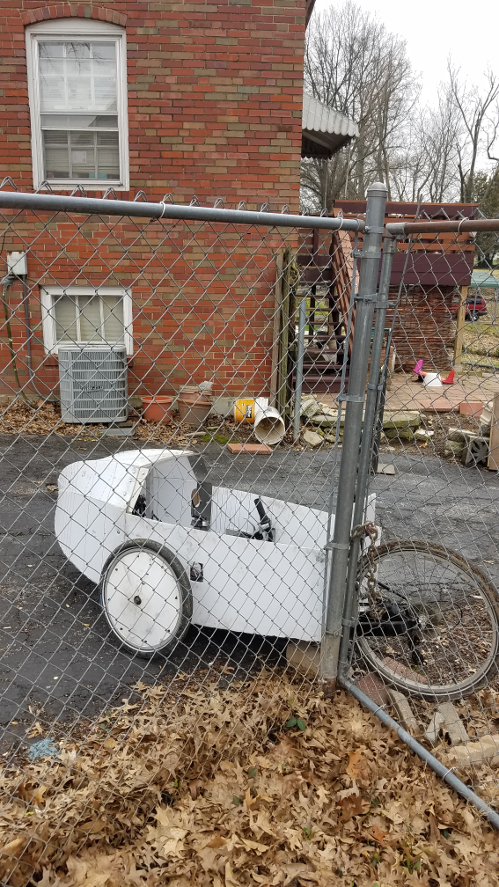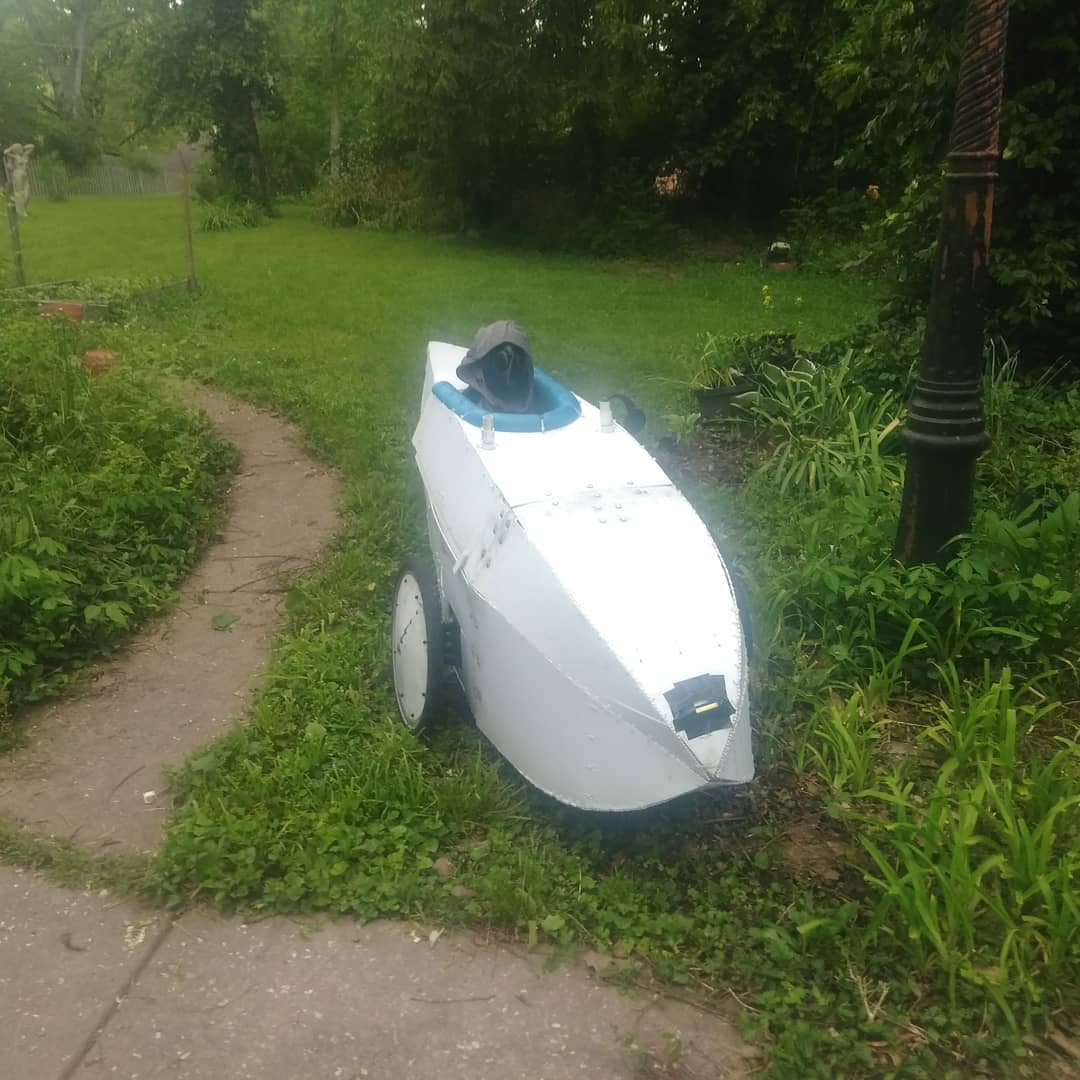The Toecutter
100 kW
- Joined
- Feb 8, 2015
- Messages
- 1,312
Timelord said:No, it doesn't. The statute says it has to have "the ability to be propelled by human power alone." That just means it needs a bike drivetrain that you can pedal if you have to.
Sec. 551.351. DEFINITIONS. In this subchapter:
(1) "Motor-assisted scooter":
(A) means a self-propelled device with:
(i) at least two wheels in contact with the ground during operation;
(ii) a braking system capable of stopping the device under typical operating conditions;
(iii) a gas or electric motor not exceeding 40 cubic centimeters;
(iv) a deck designed to allow a person to stand or sit while operating the device; and
(v) the ability to be propelled by human power alone; and
This means a self-propelled device with qualities (i) through (v). This statute and the statute concerning ebikes is ambiguous, as this bike could fall under both categories if I had a thumb throttle limited to 20 mph. I've heard of cheap 49cc two-stroke Chinese scooters that do not class as a "motor-assisted scooter" because they need to first be pedaled to get going, and thus don't fall under the category of "motor-assisted scooter".
"Highway" in Texas-speak means public road. I'm pretty sure if you kept the right as on a bicycle, you wouldn't have any problems on a 40mph road that allows bicycles. I sincerely doubt you'd be allowed to ride an ebike on "any" highway, specifically high speed limited access interstates where motor assisted scooters would be prohibited.
But do what you want. I suspect it won't be as easy as you think.
I have no plans to use an interstate. State highways seem to be fair game as long as I'm on the shoulder or in the right half of the slow lane.
wturber said:Of course, the e-bike doesn't quite meet his needs either given that it is limited to 20 mph under its own power. As soon as he exceed 20 mph, his e-bike is no longer legally an e-bike. If he's zipping along at 30 mph and he gets pulled over by a LEO, he shouldn't be surprised if all sorts of bad things happen.
Here's the statute:
(24) "Electric bicycle" means a bicycle that:
(A) is designed to be propelled by an electric motor, exclusively or in combination with the application of human power;
(B) cannot attain a speed of more than 20 miles per hour without the application of human power; and
(C) does not exceed a weight of 100 pounds.
If I set it up as a pure pedelec, human power will be required at all speeds, thus the 20 mph limit would no longer apply.
That being said, none of this is any guarantee I won't be harassed, but legally, I won't technically be violating state law by using this vehicle. I think I will be ok. I've already passed by cops at roughly 30 mph and haven't been pulled over. I don't have a motor in it yet, but had the suspicion arose, they wouldn't have found one.




